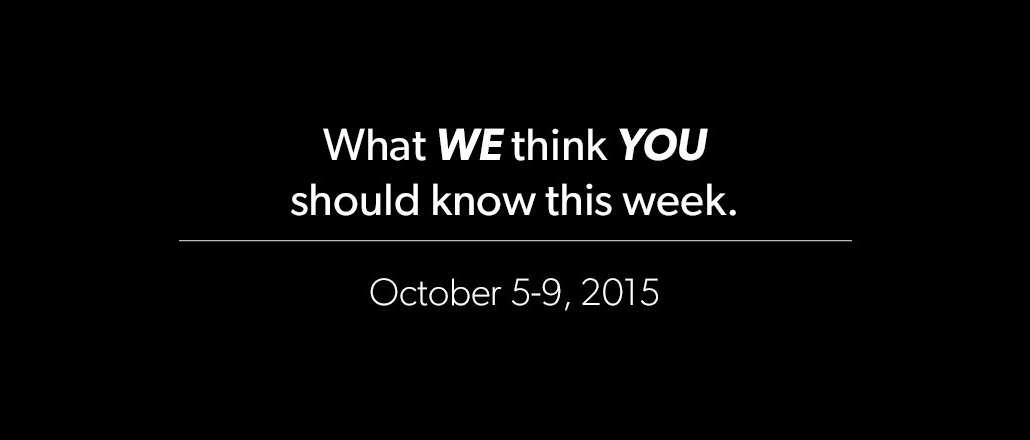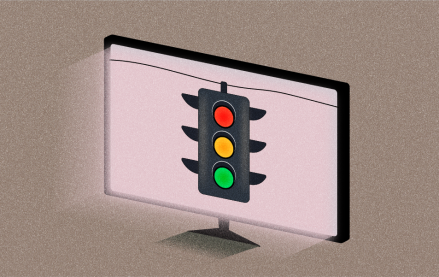
Here’s the best of Digiday reporting from this week in under a minute. Just enough to prime you for Friday’s cocktail hour:
Gawker Media isn’t the only publisher with a display ad problem. So it’s beefing up on native and e-commerce, where it gets one third of its revenue. Bye-bye banners and hello … snarky sponsored content?
Fewer teens hang out at the mall these days. So Abercrombie and Fitch, faced with sagging sales, needed a pivot. The retailer ditched its controversial CEO, as well as its shirtless Zoolanders, and went mobile: 60 percent of the company’s traffic and 30 percent of its revenue is now generated via phones and tablets.
Can you guess which brands are the world’s most valuable? Apple and Google top the list and this is for the third consecutive year. Both are worth more than 100 billion dollars. Just behind them are — surprise, surprise — more tech companies like Samsung, Microsoft, IBM and Amazon.
Speaking of Google, the search and advertising giant better watch its back: there’s competition a-comin’. AOL’s merger with Verizon and Microsoft adds up to an audience of 500 million users. AOL says these are “real authenticated people” who no doubt generate real authenticated data. Could it be a game-changer when it comes to advertising?
More in Media

What publishers are wishing for this holiday season: End AI scraping and determine AI-powered audience value
Publishers want a fair, structured, regulated AI environment and they also want to define what the next decade of audience metrics looks like.

Media giant Essence launches a marketplace for Black women-led brands
Essence has launched WeLoveUs.shop, a new online marketplace dedicated to Black women-led brands.

In Graphic Detail: The state of AI referral traffic in 2025
The stats reveal a new audience pipeline forming outside of traditional search and social platforms.





